Are low flow shower heads worth it?
So, let's start with this somewhat shocking reality - North Americans will on average use over 1.4 million litres of water per year, or about 4 to 5 times that of most European citizens. This is according to the SDWF (Safe Drinking Water Foundation).
That makes Canada and the US the highest consumers of water in the world. For some perspective on how much water that really is, think of it like this - a lot of the world lives on about one of our flushes per day, and that's not even clean water.
The amount of water saved by a LEED home:
To put in perspective how easy it would be to cut our consumption in half, the Ecohome's LEED V4 Platinum Edelweiss House has low flow-faucets, toilets and showerheads and therefore consumes about 60% less water than a conventional home that size, and you have no idea that it's even happening! So how much water is that? 3400 gallons saved per month, meaning 15 456 liters a month, 185 cubic meters a year which is about 4 times the total of the house.
How to choose a low-flow showerhead
Standard shower heads will use as much as 9.5 litres per minute (lpm), though there are still some being sold that use as much as 14 litres per minute. Some of the earlier low-flow models (which can still be found in the more affordable roadside motels) offer a completely unrewarding mist that can actually create a breeze and leave you chilled, or the ones with miniscule powerful jets that feel more like you're getting a tattoo than bathing. No one wants to leave a shower cold and in pain, so needless to say those weren't big sellers in residential homes.
A more efficient shower head can pay for itself in 6 months of savings on your hydro bill
Conclusions from an in-house test done by our Quebec office Ecohabitation shed some light on modern water saving fixtures. The consensus is that you can't actually tell the difference between a 9.5 lpm and a high quality 6.6 lpm showerhead.
So with comfort and cleanliness out of the way, let’s run the numbers. Calculations are based on the consumption of a family of four taking a daily shower for 10 minutes each at a temperature of 38 °C. This is an average (albeit decadent on a global scale) Canadian family consumption.
Based on that level of use, moving to a low-flow showerhead from a 9.5 lpm will save 42,340 litres of water and 1180 kWh of power per year. While hydro rates vary across the country, even in Quebec where they are among the cheapest, you will still see a savings of $102 annually in exchange for a one-time purchase, ranging in price from $10 to $50 depending on model and quality. Not many other investments offer that kind of return.
What you should first look for when shopping is a showerhead that carries a 'Watersense' mark, and then the specific flow rate of the model you are looking at. Watersense is a certification issued by the Environmental Protection Agency, which looks at both flow rates and quality of components.
Other home water conservation & energy saving tips:
Flow-switch: You won't find this on all models, but a flow switch allows you to stop the water from flowing as you soap up, while maintaining the right temperature.
Thermostatic mixing valve: Rather than messing around with the hot and cold taps, you can quickly select the water temperatures as well as prevent scalding by setting a maximum temperature. This is what comfort and efficiency in one package looks like.
See our eco-friendly practices for energy conservation at home for more!

What is drain water heat recovery?
Before entering your water heater, the cold water feed goes through thin copper pipes wrapped around the drain. Heat from the draining water therefore warms the incoming water before it enters the water heater. This is another big money and energy saver worth the investment.
For new homes being built on a frost protected slab on grade foundation, there is no room for a verticle grey water heat exchanger as pictured above, but there are also horizontal greywater heat exchangers for slab on grade construction now available on the market.
Now you know more about how to save hot water and energy. Learn more about sustainable living and building in the Ecohome Green Building Guide and on these pages below :
Learn more about the benefits of a free Ecohome Network Membership here. |















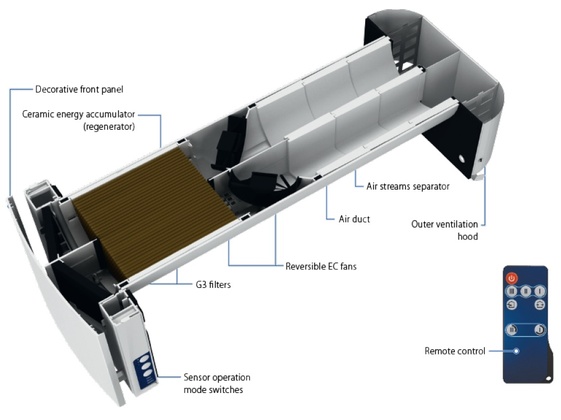





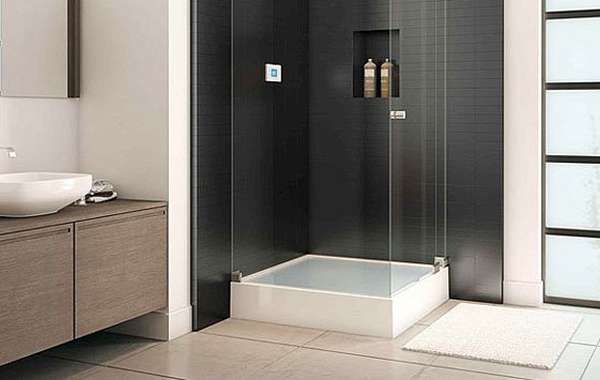
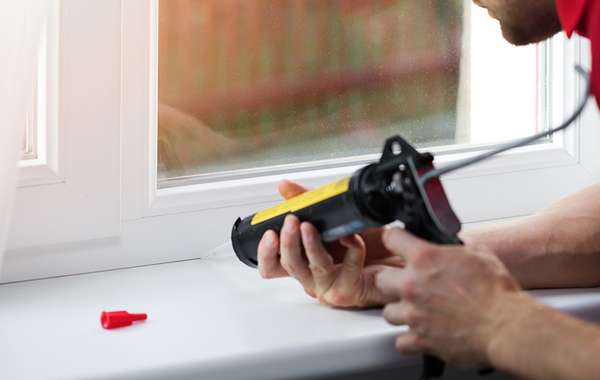
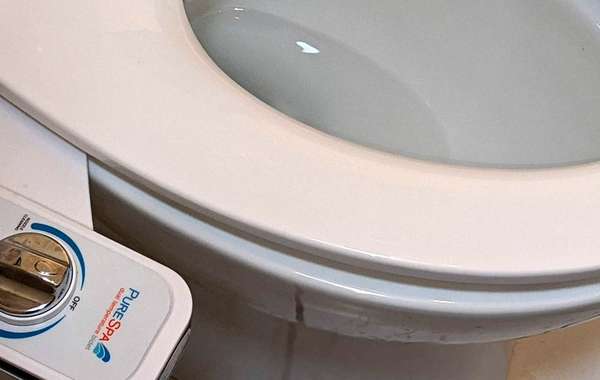

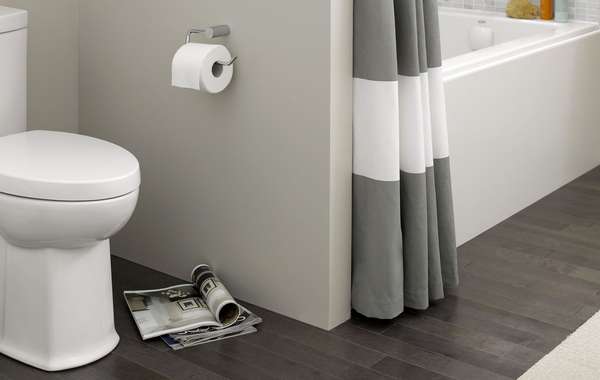
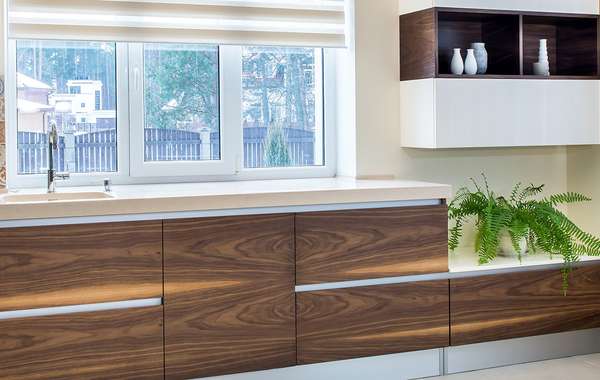
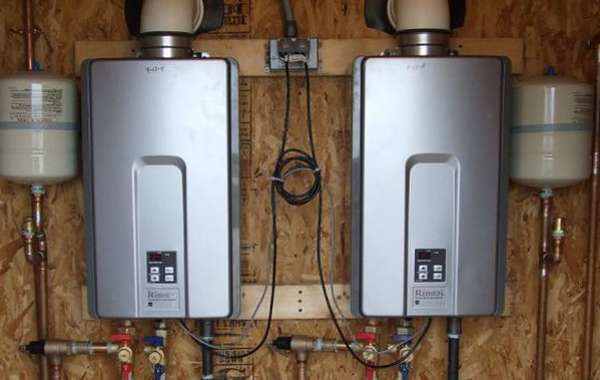


Comments (0)
Sign Up to Comment